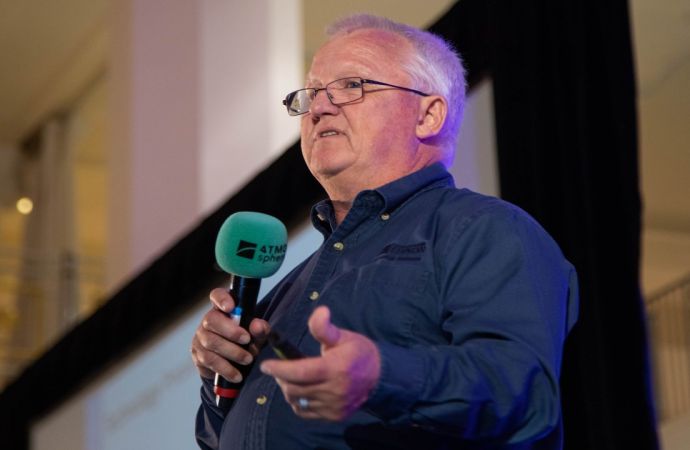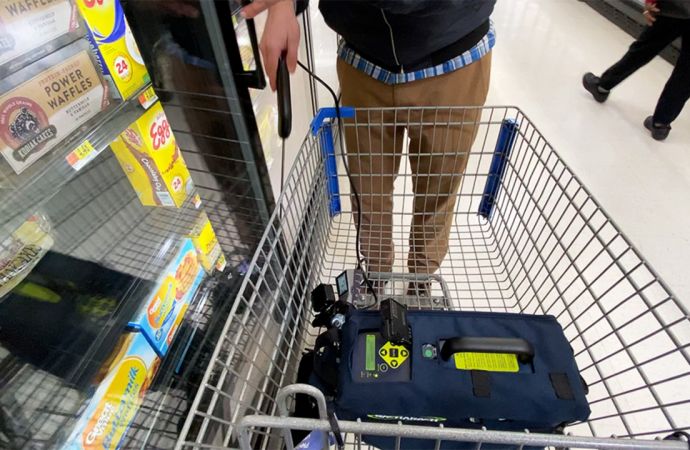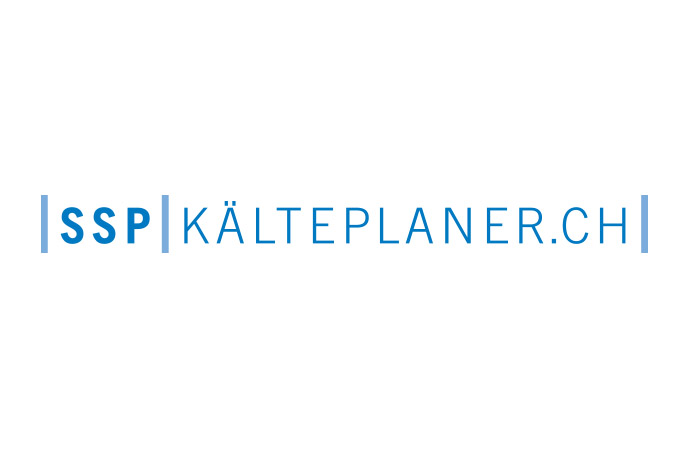Greenpeace has updated its Cool Technologies report, which samples companies and enterprises using HFC-free technologies such as ammonia technologies offered by partners of ammonia21.com among other companies.

Titled ‘COOL TECHNOLOGIES: WORKING WITHOUT HFCs - 2010: Examples of HFC-Free Cooling Technologies in Various Industrial Sectors’, the report demonstrates that “there is already a wide array of safe and commercially proven HFC-free technologies available to meet nearly all those human needs that were formerly met by fluorocarbons”.
HFC-free products are entering the market almost on a weekly basis and cover nearly the full spectrum of applications. Ammonia in particular is being used in refrigeration since 1850s, has superior thermodynamic properties and is highly energy efficient.
Examples of ammonia projects in developing countries
The document provides examples of conversion projects from fluorocarbons to ammonia refrigerant in developing countries carried out by GTZ ProKlima, including:
Commercial air-conditioning with ammonia
With demand in commercial air-conditioning exponentially growing in both industrialised and developing countries, the need for environmentally sustainable solutions is immediate.
Several supermarkets, office buildings, public institutions (universities, hospitals) and other commercial enterprises (hotels, convention centers, airports) in various countries have installed cooling technologies using natural refrigerants, including ammonia. Ammonia based secondary cooling systems using ammonia as the primary refrigerant significantly reduces the volume of primary refrigerant needed. A prominent example is the use of ammonia in air-conditioning in an international space shuttle.
The Greenpeace report lists more than 40 examples of ammonia installations in commercial buildings in Denmark, Germany, Japan, Luxemburg, Norway Spain, Sweden, the United Kingdom and the United States.
Ammonia chillers in small applications
Although ammonia is typically associated with larger cooling installations, York Company (Johnson Controls) of Denmark already supplies a smaller ammonia chiller that has been installed in radio studios, computer centres and offices. “It would be technically possible to build ammonia chillers for domestic use. However, there would need to be economies of scale to make these commercially feasible”.
Industrial use of ammonia
The report lists several case studies of projects using ammonia technology, such as projects carried out by ammonia21.com partners. For example:
A report under the same title was published by Greenpeace in 2000, 2008 and 2009 and it continues to be updated. Greenpeace welcomes receiving information regarding new examples of HFC-free technologies, such as ammonia. Please forward them to jmate@telus.net
HFC-free products are entering the market almost on a weekly basis and cover nearly the full spectrum of applications. Ammonia in particular is being used in refrigeration since 1850s, has superior thermodynamic properties and is highly energy efficient.
Examples of ammonia projects in developing countries
The document provides examples of conversion projects from fluorocarbons to ammonia refrigerant in developing countries carried out by GTZ ProKlima, including:
- Mauritius: In a project designed to demonstrate the feasibility and enhanced energy efficiency of ammonia chillers in tropical climates, CFC12 and CFC11 chillers catering for the air-conditioning needs of two government buildings are being replaced with ammonia chillers.
- South Africa: Two HCFC22 stores are being converted to cascades systems with ammonia as the primary refrigerant.
Commercial air-conditioning with ammonia
With demand in commercial air-conditioning exponentially growing in both industrialised and developing countries, the need for environmentally sustainable solutions is immediate.
Several supermarkets, office buildings, public institutions (universities, hospitals) and other commercial enterprises (hotels, convention centers, airports) in various countries have installed cooling technologies using natural refrigerants, including ammonia. Ammonia based secondary cooling systems using ammonia as the primary refrigerant significantly reduces the volume of primary refrigerant needed. A prominent example is the use of ammonia in air-conditioning in an international space shuttle.
The Greenpeace report lists more than 40 examples of ammonia installations in commercial buildings in Denmark, Germany, Japan, Luxemburg, Norway Spain, Sweden, the United Kingdom and the United States.
Ammonia chillers in small applications
Although ammonia is typically associated with larger cooling installations, York Company (Johnson Controls) of Denmark already supplies a smaller ammonia chiller that has been installed in radio studios, computer centres and offices. “It would be technically possible to build ammonia chillers for domestic use. However, there would need to be economies of scale to make these commercially feasible”.
Industrial use of ammonia
The report lists several case studies of projects using ammonia technology, such as projects carried out by ammonia21.com partners. For example:
- Johnson Controls has realised a two-stage ammonia system involving screw compressors for a meat processing plant in Germany with both refrigeration and deep-freeze rooms.
- Star Refrigeration has extended the 5 MW system of Guinness Brewery in Dublin through installing six additional variable speed drive glycol pumps and increasing the condenser capacity. The system now has a refrigeration capacity of 8.9 megawatts at an evaporating temperature of -4.5°C, without noticeably increasing the ammonia refrigerant charge.
A report under the same title was published by Greenpeace in 2000, 2008 and 2009 and it continues to be updated. Greenpeace welcomes receiving information regarding new examples of HFC-free technologies, such as ammonia. Please forward them to jmate@telus.net
MORE INFORMATION
Related stories











